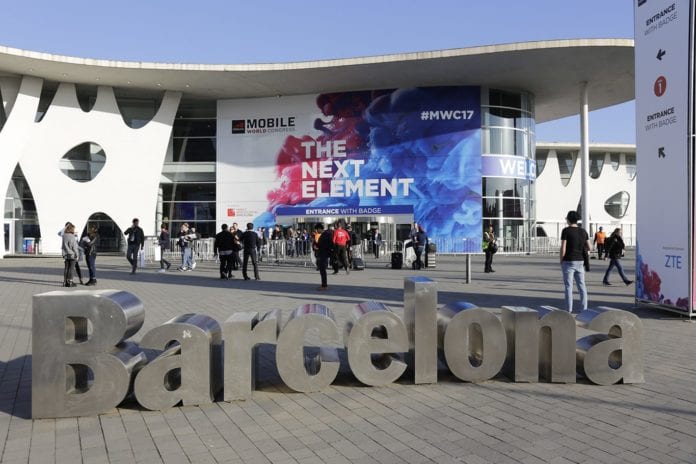Spoiler alert: 5G technologies like massive MIMO, C-RAN and more are going to lead the discussion at MWC 2018
The telecom industry is gearing up for what is arguably the most important trade show of the year–Mobile World Congress 2018. MWC will play host to keynote sessions from leading experts, as well as a bevy of product launches, ecosystem partnership announcements and sideline deal-making. Here we’ve compiled a series of previews from telecom experts sharing their perspective on some the major trends that will be highlighted during MWC 2018.
Sesh Krishnamoorthy, director of product management at Blue Danube Systems, stressed the important role of massive MIMO is helping operators solve the capacity crunch. “One of the biggest challenges facing operators today is that consumers are increasingly using their phones for high-bandwidth LTE services – such as HD video streaming – which is impacting network throughput and user experience. At MWC 2018, we will see new technology that can address operators’ capacity demands and performance issues in high-density areas, in a cost-effective way.
“This new technology will be in the form of innovations in massive MIMO. The technology can direct antenna energy to areas where users are accessing high-bandwidth services, whilst directing it away from areas where there are no, or fewer users. It can also reduce overall network interference by directing radio frequency signals to desired users. Critically, the technology can be immediately added to an LTE network infrastructure, enabling operators to maximise ROI on their existing investments.”
Cobham Wireless VP of Coverage Rami Hasarchi called out the role of centralizing radio access network equipment to better enable smart cities. “Smart cities will be a major point of focus at MWC, from the autonomous vehicles which will transport their citizens to the innovations in the medical industry which will help improve welfare. Digital DAS deployed in a C-RAN model will emerge as the critical network architecture required to make these concepts a reality, allowing capacity to be cost-effectively distributed to different sectors of a building or areas across a smart city. This approach can support a wide range of applications, including cellular, public safety and last-mile IP backhaul for WiFi services, such as surveillance cameras and IoT devices.
“Expect the GSMA’s Innovation City pavilion to be especially busy this year, as stakeholders from across the industry discuss how best to invest in their networks to support smart city growth. Operators at MWC will be seeking coverage solutions that can solve the capacity challenges of today whilst also being 5G-ready. Vendors will be working to ensure their technology can support this demand, as updating networks and technologies to support smart infrastructure further down the line will be prohibitively expensive for many.”
While millimeter wave spectrum will certainly play a role in 5G, Jamie Fink, CTO and co-founder of Mimosa Networks, said mid-band also has its place. “Millimeter wave 5G connectivity was all the hype at MWC last year. At this year’s show, service providers will be focusing their attention on the properties of the mid-band spectrum for delivering 5G connectivity. The mid-band is set to become the workhorse for urban 5G capacity as well as wireless broadband in residential and rural areas. These complementary mobile and fixed applications are rapidly pushing to expand in the mid-band because of improved propagation characteristics. Broader coverage afforded by mid-band spectrum will reduce the cost to deploy 5G mobile capacity in cities and will also accelerate deployments of fibre-fast dedicated wireless broadband solutions in unserved and underserved areas.
“With almost no overlap geographically, both mobile and fixed services can co-exist in the mid-band spectrum. Many residential and rural areas are only reached today with scarce low-band mobile spectrum and have a very limited choice of wireline broadband options. This underscores the need to push new wireless broadband options to homes in these areas where fibre is too costly and where mobile coverage and capacity are not viable options. It is important that underserved areas are provided with an alternative to the expensive wireline providers; MWC is the perfect setting for this important conversation.”

